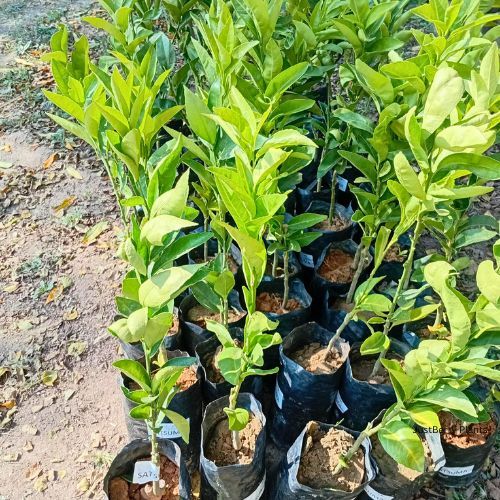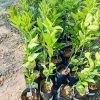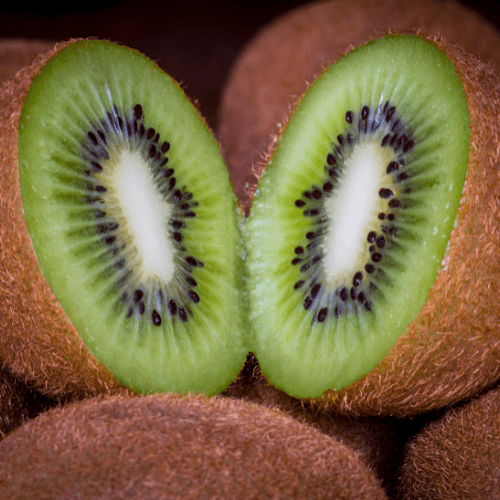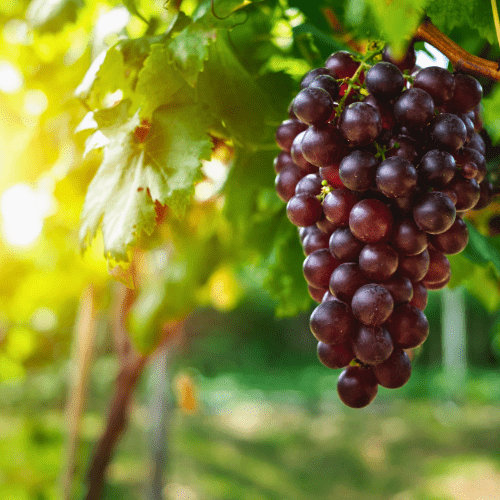Position
The Satsuma Naartjie tree thrives in hot, humid conditions and full sun. The fruits have a thin skin and are susceptible to the cold and frost. Plant your trees about 3.5 to 5 metres apart to allow for their canopy to spread.
Size
Depending on the soil, climate conditions and care, your Satsuma can grow between 3.5 and 7.5 metres tall.
Soil Type
Satsuma Naartjie needs well-draining, healthy, sandy soil with a neutral pH. If your soil’s drainage isn’t optimal, plant your tree on a bit of a mound so the soil doesn’t become waterlogged.
Mulching
This tree thrives with a layer of mulch to protect its roots from drying out. Our pine bark mulch is perfect for citrus trees.
Watering
Your tree needs to be well watered for the best fruits. In summer and spring, increase your watering so that the tree doesn’t dry out in the heat.
Fertilising
To get the most out of your naartjie tree, feed it with fertiliser in spring and summer. If the leaves start to yellow, your plant may not have enough magnesium. Apply a little Epsom salts to the tree’s drip line (where the leaves extend their reach). Apply slow-release citrus fertilizer during the harvest season and repeat after the fruiting period. Utilising our slow-release fertiliser is a must for citrus; even though it is called berry fertiliser it is for all plants/trees.
Pruning
You may decide to prune your tree if you need to keep its spread under control, prefer a particular shape, or have diseased or dead branches that are sapping it of its vital energy. It’s also important not to cut it unnecessarily, especially while young.
Pest and Disease Management:
Aphids, citrus psylla, red scale, citrus greening. Spraying regularly with Agricultural Neem Oil or Effective Microorganisms (EM Control ) will assist in either prevention or after the fact. If you already have aphids or mites, wash the tree with a harsh hosing, and when dry, spray with Neem oil or EM Control.
Practice good garden hygiene (remove fallen fruit and leaves).
Watch for root rot (if overwatered) and fungal infections during wet periods.
Harvesting
Pick your naartjies when they have turned from green to a beautiful orange colour. Clip or twist them carefully from the tree. If they’re ripe and you know rains are coming, try to take them off before the rains, which can cause the fruits to spoil.










